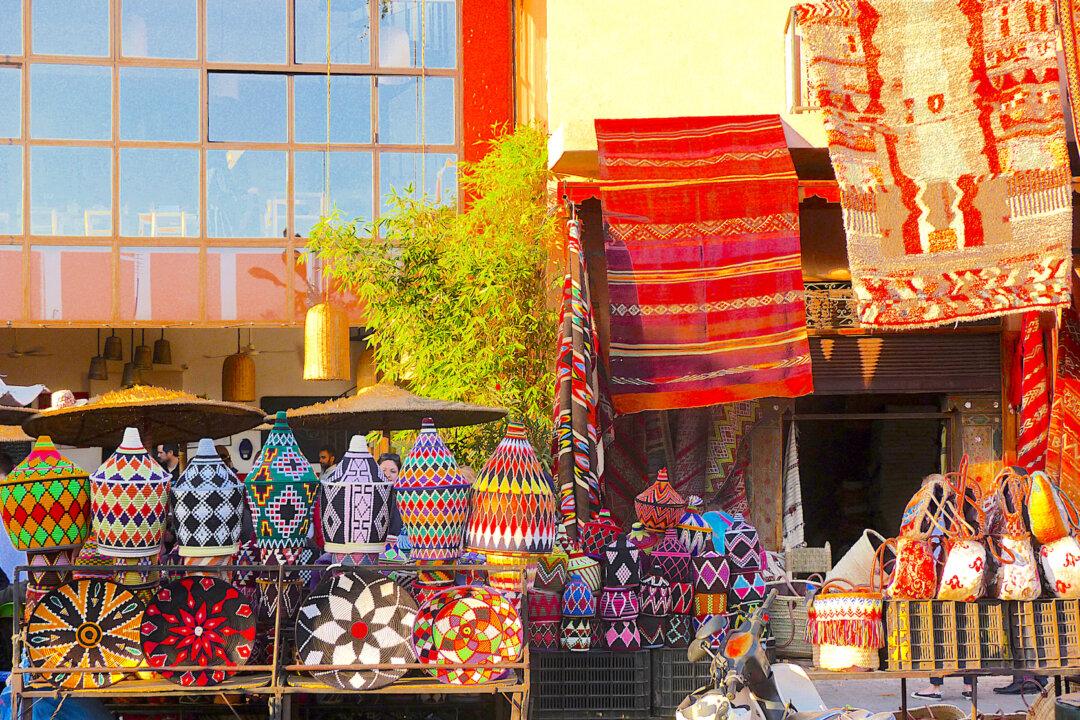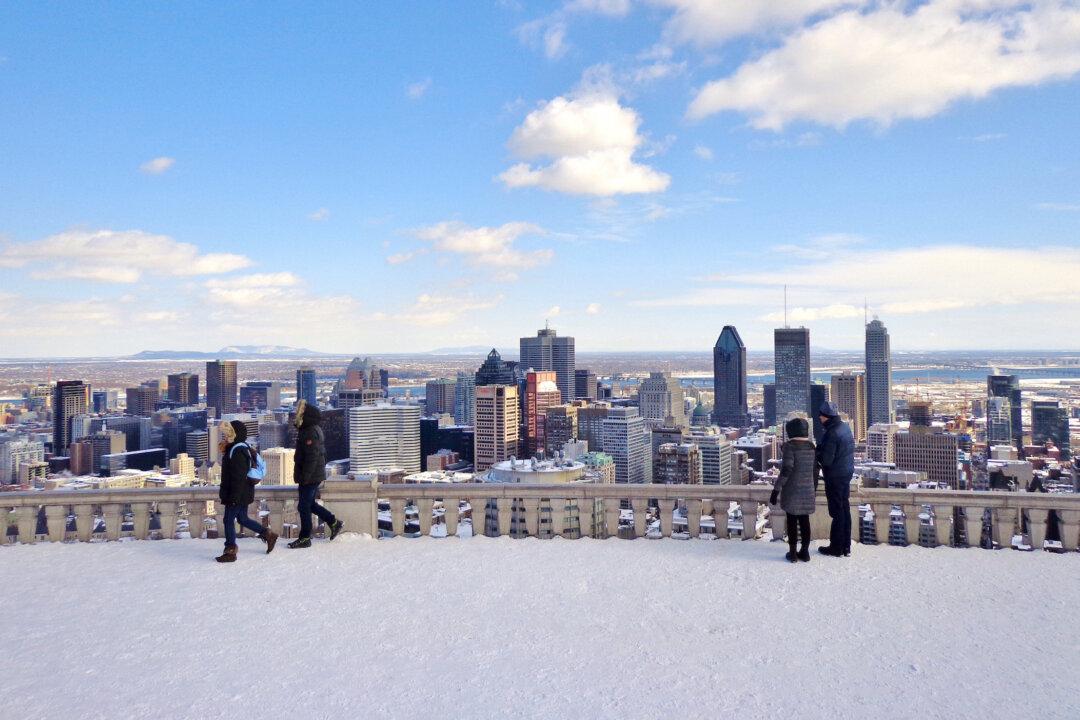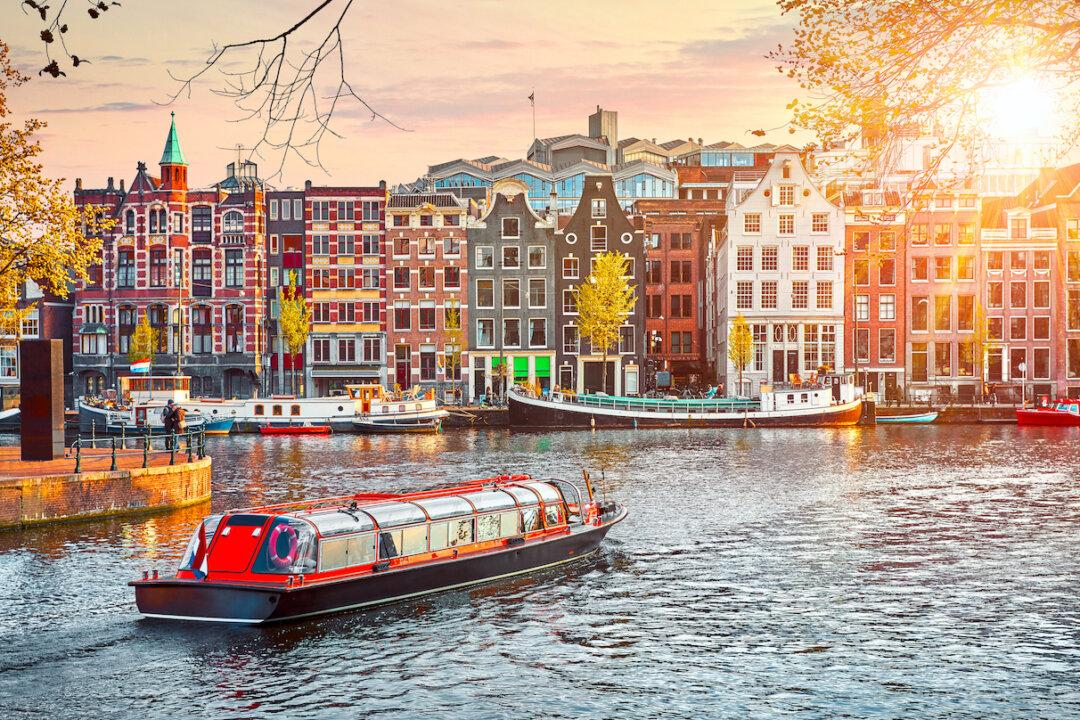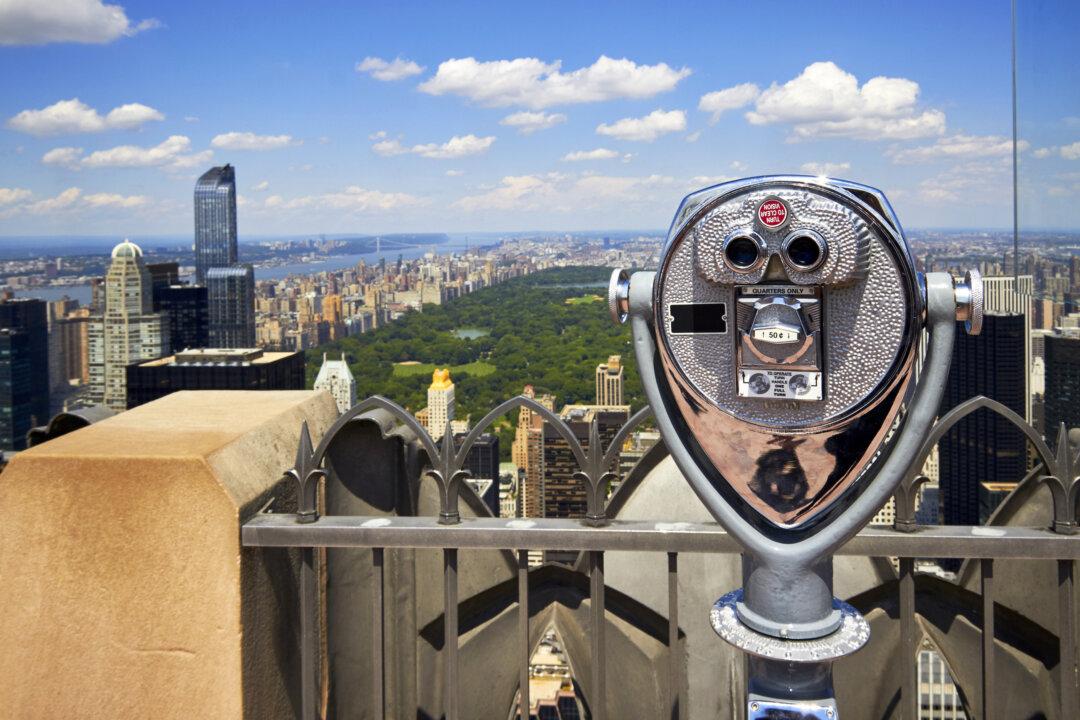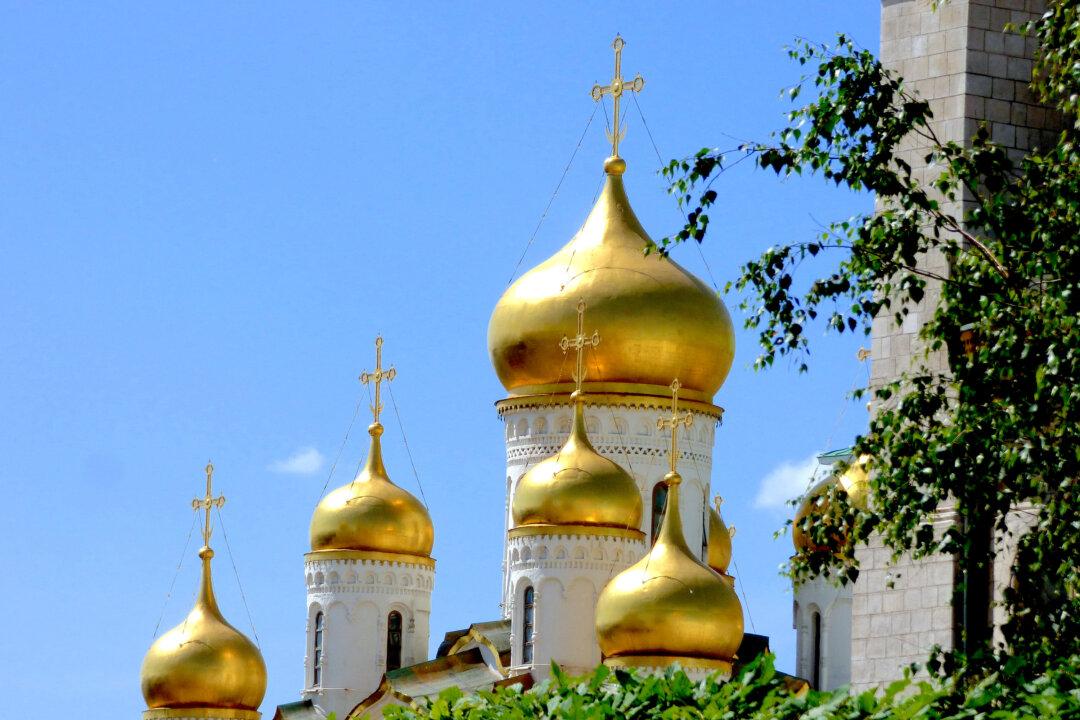Located at the most northern tip of Africa, Morocco is a stone’s throw from Europe and both continents have been irrevocably marked by the other.
Morocco is a land bordered by water on two sides: to the north the Mediterranean Sea and to the west the Atlantic Ocean. It is also a land caught between two cultures, preserving its traditional, ancient ways while moving rapidly into the modern world.

